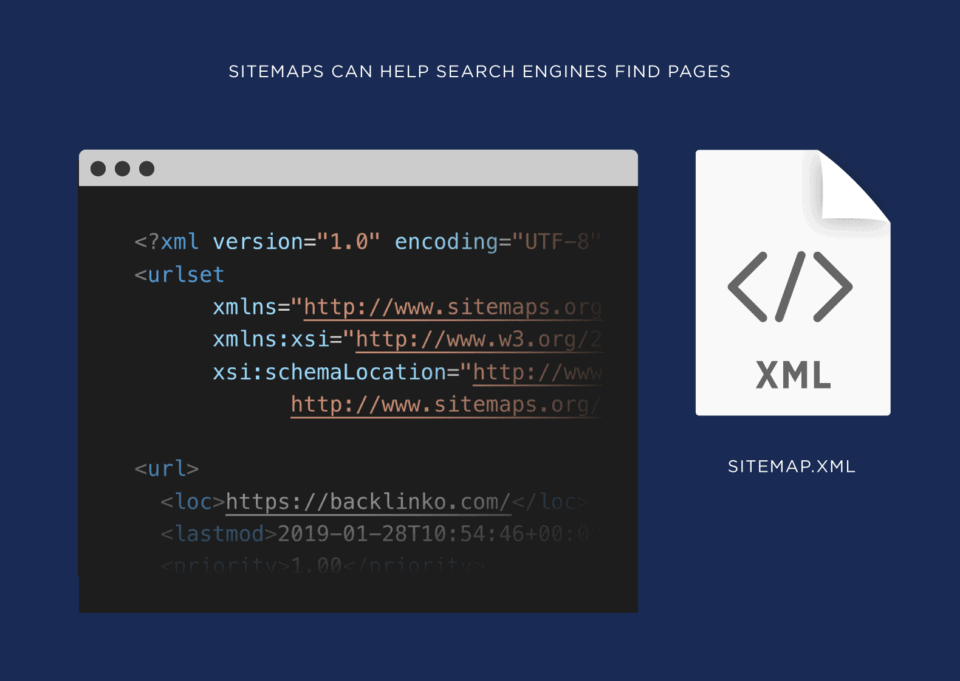A sitemap is a file that lists all the pages of your website, acting as a blueprint to help search engines like Google and Bing find, crawl, and index your content. It also highlights the most important pages on your site. Having a sitemap is crucial because it improves your site’s SEO by making it easier for search engines to understand your site’s structure and content. This can lead to better visibility and higher rankings in search results.

In the vast world of the internet, having a well-structured website is crucial for both user experience and search engine optimization (SEO). One essential tool that can help achieve this is a sitemap.
What Is a Sitemap?
A sitemap is a file that provides information about the pages, videos, and other files on your website, as well as the relationships between them. It serves as a roadmap for search engines and users, helping them navigate your site more effectively. Sitemaps can be in XML format, which is primarily for search engines, or in HTML format, which is designed for human visitors.
Types of Sitemaps
- XML Sitemap:
- This type of sitemap is specifically designed for search engines. It lists all the important pages on your website, helping search engine crawlers understand the structure of your site and index it more efficiently.
- Video Sitemap:
- If your website contains video content, a video sitemap can help search engines index your videos more effectively, improving their visibility in search results.
- Image Sitemap:
- Similar to a video sitemap, an image sitemap helps search engines discover and index images on your website, which can enhance your site’s visibility in image search results.
- News Sitemap:
- Helps Google find content on sites that are approved for Google News.
Why are Sitemaps Important?
- Improved SEO:
- Sitemaps help search engines crawl and index your website more efficiently. By providing a clear structure of your site, you increase the chances of your pages being indexed and ranked higher in search results.
- Faster Indexing:
- When you create a new page or update existing content, a sitemap notifies search engines about these changes, leading to faster indexing of your new or updated pages.
- Enhanced User Experience:
- An HTML sitemap provides users with a clear overview of your website’s structure, making it easier for them to navigate and find the information they need.
- Identification of Broken Links:
- Regularly updating your sitemap can help you identify broken links or pages that are no longer available, allowing you to fix these issues and maintain a healthy website.
- Support for Large Websites:
- For larger websites with many pages, a sitemap is essential for ensuring that search engines can discover all of your content. It helps prevent important pages from being overlooked.
- Facilitates Content Discovery:
- Sitemaps can help search engines discover content that may not be easily accessible through internal links, such as pages that are buried deep within your site’s hierarchy.
How to Create a Sitemap for Your Website?
Here are the steps to create a sitemap for your website:
- Choose a Sitemap Generator: You can use online tools like XML-Sitemaps.com, Screaming Frog, or plugins like Yoast SEO for WordPress.
- Generate the Sitemap: Follow the tool’s instructions to generate the sitemap. This usually involves entering your website URL and selecting the pages you want to include.
- Upload the Sitemap: Once generated, upload the sitemap file (usually named sitemap.xml) to the root directory of your website.
- Submit to Search Engines: Go to Google Search Console and Bing Webmaster Tools to submit your sitemap. This helps search engines find and index your pages more efficiently.
